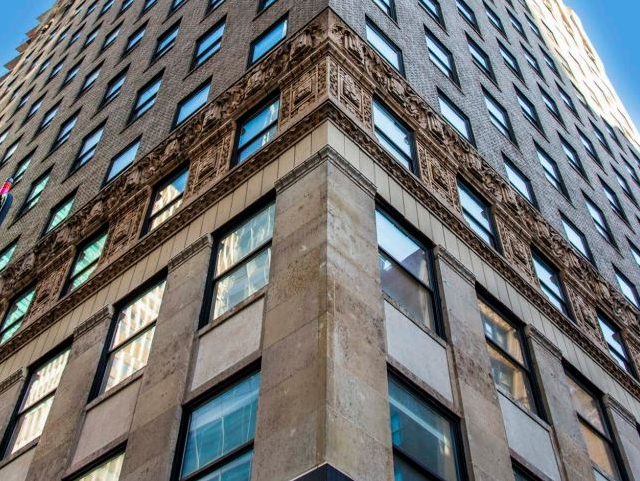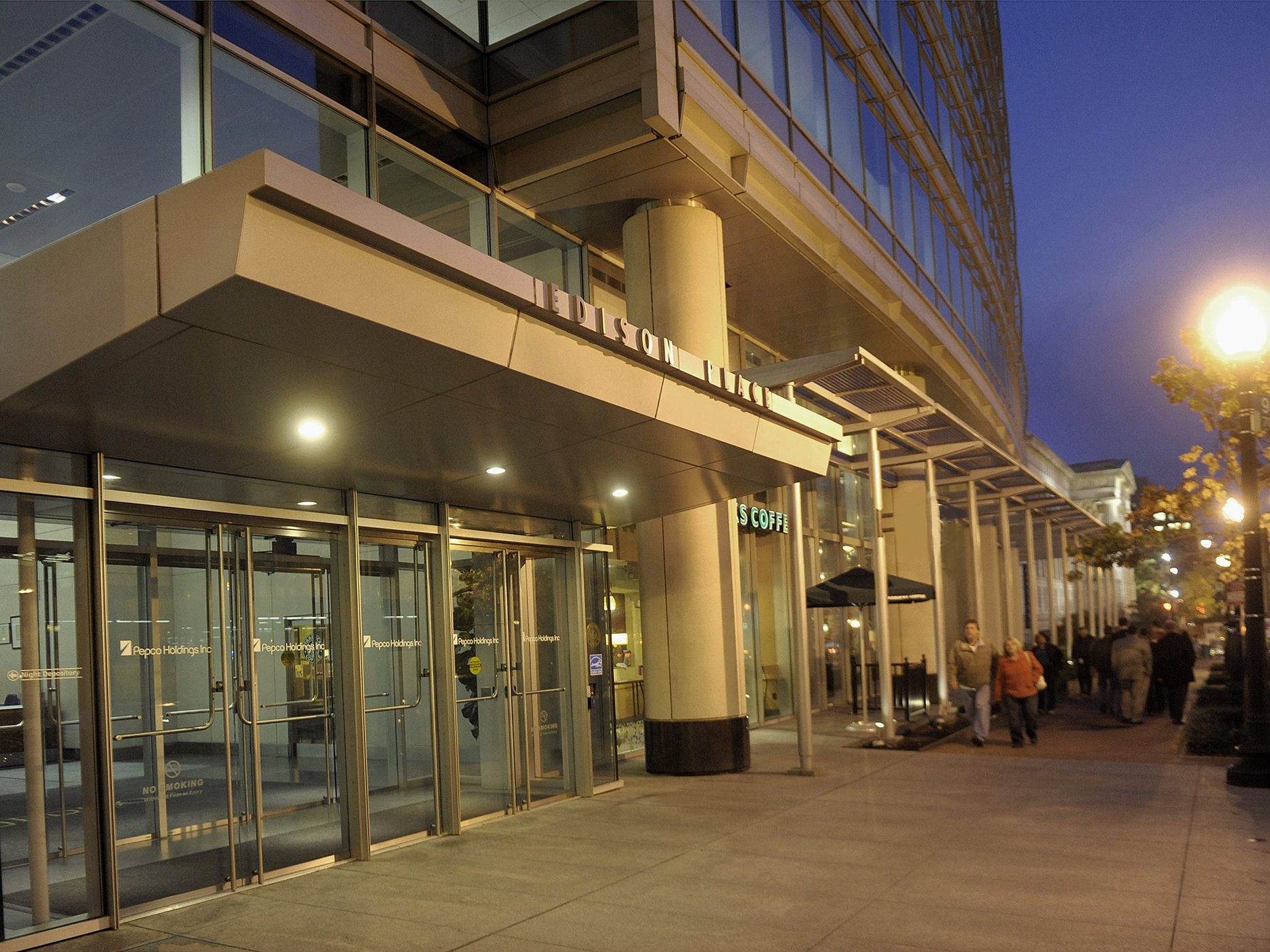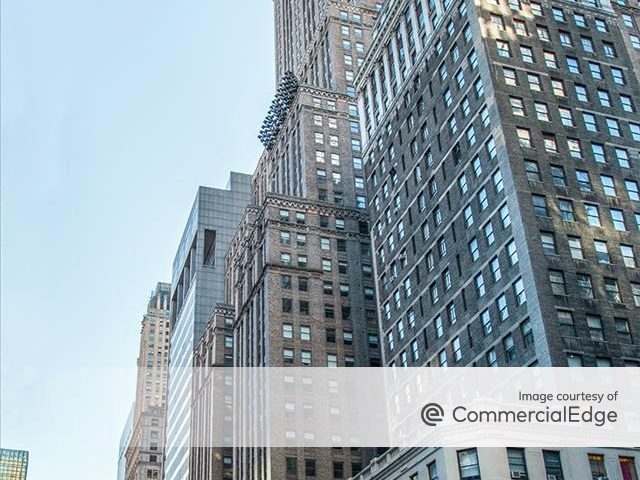Investor Appetite for Retail Returns, But…
Strong fundamentals are attracting more buyers, but interest rates remain a factor.
Market fundamentals in the retail sector are sound with strong occupancy, tenant demand, and controlled supply working to the benefit of owners of retail product.
Overall, retail net absorption increased 12.6 percent quarter-over-quarter to 10.8 million square feet, with shopping center occupancies averaging 95 percent. Availability within non-mall multi-tenant retail centers dropped to 7.5 percent in June, a precipitous decline from 2020 when pandemic measures caused availability to spike to double digits.
Retail construction starts have been falling off over the past year due to increasing labor, material and borrowing costs. Deliveries decreased 5.1 percent from the previous quarter and new construction starts between January and March were 11.9 million square feet—just 0.5 percent of the existing inventory—the lowest level since 2005. In fact, 70 percent of all new construction activity is tied to single-tenant developments or build-to-suits.
However, the retail sector is still not completely spared from the value erosion occurring due to increased interest rates. Retail cap rates are generally increasing along with interest rates creating a widening bid-ask spread as the market enters price discovery in light of recent debt market volatility. Despite the depth of the buyer pool increasing 25 percent from first quarter 2023 to the second quarter, U.S. retail transaction volume between January and June was down 48 percent year-over-year to $24.7 billion. The higher interest rates and the looming threat of inflation slowed transaction activity across all commercial real estate classes.
Of that activity, $11.8 billion was found in multi-tenant retail facilities. Grocery-anchored retail retained its position as the most heavily transacted multi-tenant retail sub-type by volume, followed by unanchored strip centers and then power centers. In addition to being the most actively traded sub-type, grocery-anchored centers also priced the most aggressively with the average cap rate coming in at 6.9 percent. The spread in cap rates between grocery-anchored and power centers was 171 basis points, the widest it’s been in 20 years. By mid-June, cap rates were up 68 percent over 2022 levels.
Who is interested and where?
Private investors stepped up significantly in the first half of 2023, claiming 82 percent of all acquisitions as institutional investors and REITs were increasingly selective. Transaction volume was highest in the Sun Belt region, a region that has also experienced the highest rates of rental growth.
Despite the rising incidence of bankruptcies, year-to-date opening announcements are running comfortably above closing announcements. Healthy demand and minimal construction over the past year has reduced the overall retail availability and in turn, there is now less shopping space for lease than in any other time since before the Great Recession of 2008.
Investors will continue to look to retail as a source of liquidity for the remainder of the year and into 2024 due to its more attractive yields and stronger risk-adjusted returns when compared to other asset classes. In addition, the minimal construction activity will cause demand for space to become more heated.
While uncertain economic conditions will continue to impact investment decisions, retail’s strengthening fundamentals, growing tenant demand and low inventory will continue to draw investor interest.
Dean Sands is a JLL managing director, Retail Sales & Advisory.








You must be logged in to post a comment.